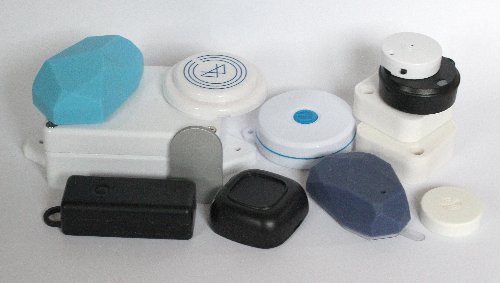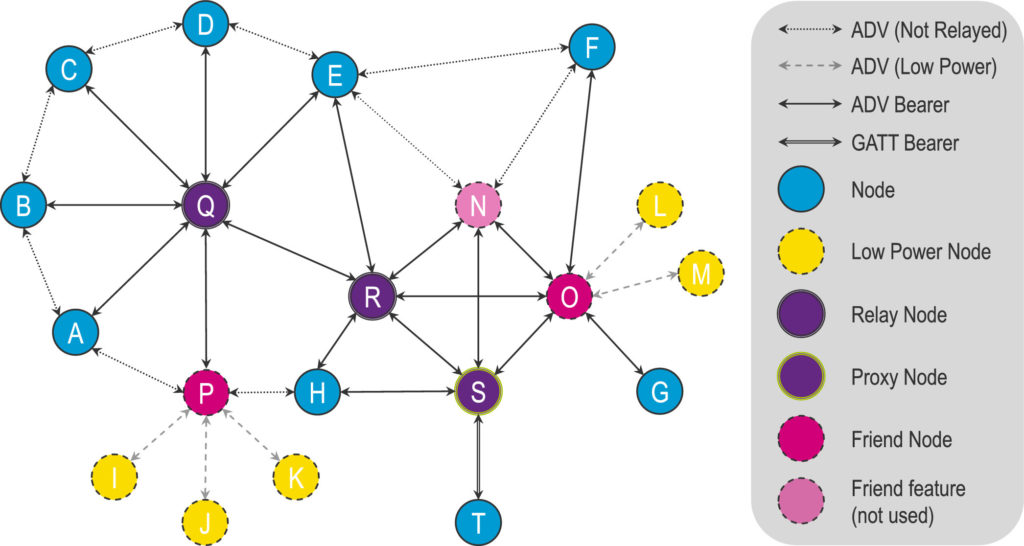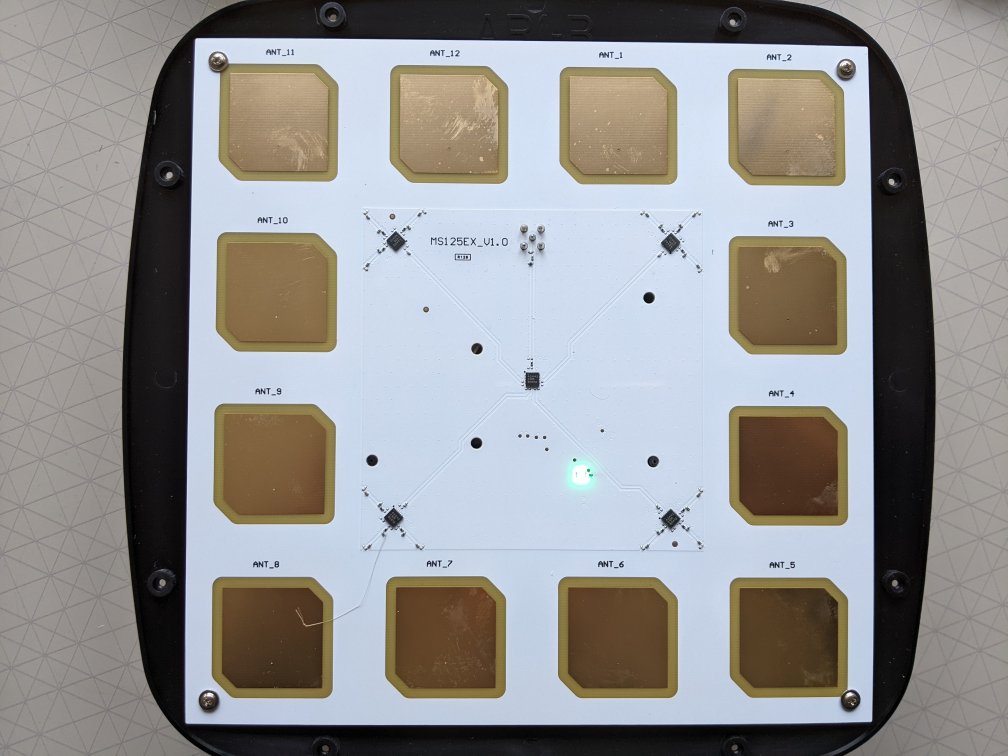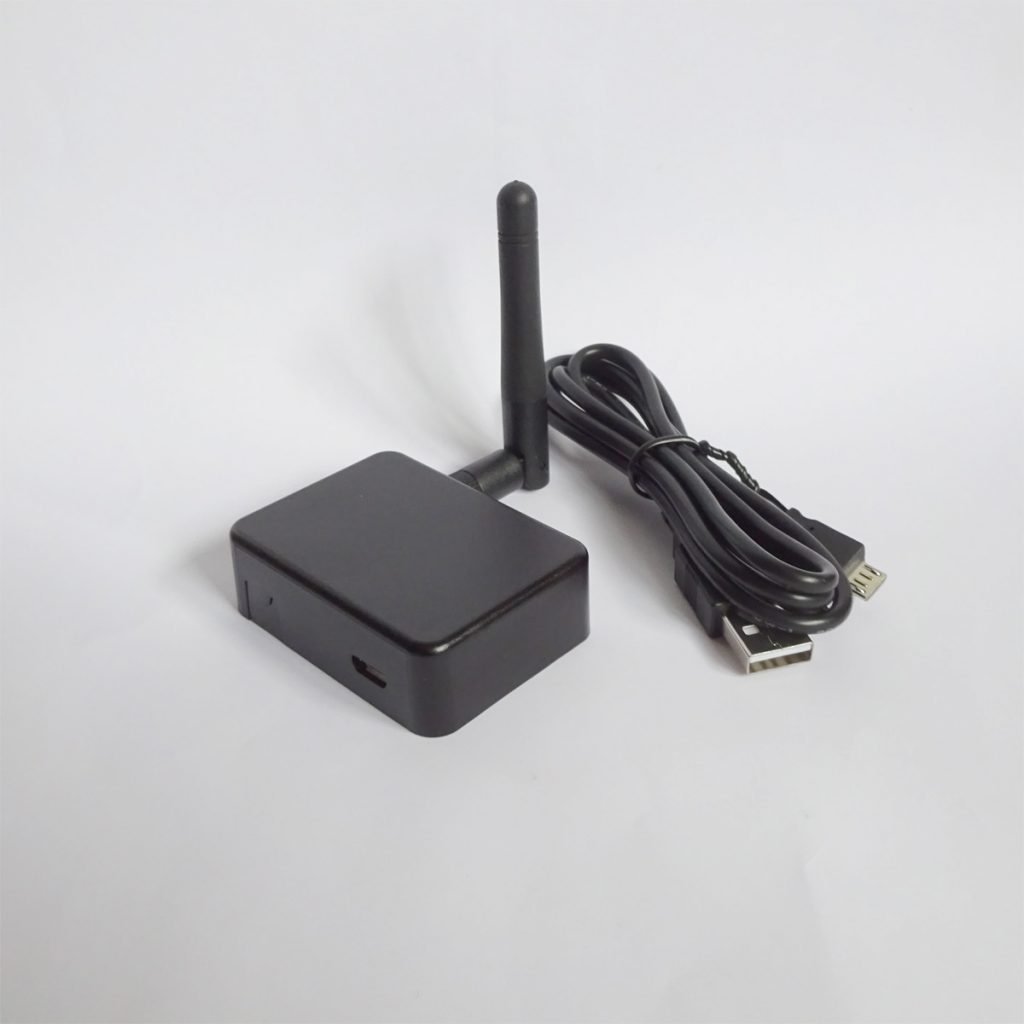Bluetooth beacons have evolved considerably over the last twelve years. Occasionally, we see Twitter comments such as ‘Remember iBeacon’ or ‘Beacons are dead’. Beacons aren’t dead. They are used in many situations and have, in some cases, evolved such that you don’t even know they are being used.
Bluetooth 4.0 devices started with the Bluetooth 4.0 specification in December 2010. The iPhone 4S and many Android devices were the first iOS device to use this new wireless protocol. Interoperability with smartphones is one the main reasons Bluetooth LE and beacons have become so popular.
While there were a few early, custom, Bluetooth LE devices that just advertised, the popularity of beacons was boosted by the announcement of the iBeacon protocol at the Apple Worldwide Developers Conference in 2013.

The iBeacon protocol actually didn’t add that much because it just used the standard Bluetooth 4.0 protocol with the data being interpreted in a particular way to uniquely identify the beacon. The important part was that iPhones would have CoreLocation APIs to detect these kinds of Bluetooth 4.0 devices.
Apple’s example usecases were mainly marketing, retail and consumer driven and this led to lots of startups creating new iBeacon platforms often with re-badged iBeacons with locked-in Software as a Service.
Google didn’t want to loose out but and their ambitions were wider in that they wanted to create what they called a Physical Web where smartphones could find and control devices using Bluetooth. The Eddystone profile was released by Google in July 2015 which, again, was a thin layer on top of the standard Bluetooth 4.0 protocol. Again, the important part was the software, provided by Google, that allowed Eddystone to trigger events in the Android Chrome and Android itself via the Play Services component.
A key part of Eddystone was Eddystone-URL that allowed the advertising of a shortened web address. However, the triggering mechanism was totally controlled by a Google server that had it’s own opaque rules and was frustrating because it didn’t always work.
Many more startups adapted their software and hardware designs to use Eddystone-URL. However, the spammy side of the marketing community took hold and by 25 October 2018, Google discontinued support for Android Bluetooth Nearby Notifications. This caused the end of a large number of startups based on beacon marketing.
During the ‘Eddystone age’ of 2015-2018 something longer lasting was happening. Some manufacturers adapted their beacons to become sensors for things like movement, temperature, humidity, air pressure, light, on/off, proximity, fall detection, smoke, natural gas and water leak. At the same time, manufacturers created gateways that sensed beacons and were able to send the Bluetooth advertising to a server via WiFi or Ethernet. Beacons started being used in industry for real time locating (RTLS) and IoT.
Bluetooth Mesh was adopted by the Bluetooth SIG in July 2017. This allowed beacons, or indeed any Bluetooth devices, to talk to each other such that a very large area can be covered with only one gateway at the edge. It’s now five years later and, apart from a few products related to lighting, Bluetooth Mesh hasn’t been popular.

The main problem is that the Bluetooth Mesh standard was, for some reason, designed for usecases such as lighting that are low latency, low throughput and are mains powered. Bluetooth Mesh in beacons uses significant battery power and the throughput is too small for most IoT mesh applications having larger numbers of sensors.
Bluetooth Direction Finding was introduced with Bluetooth 5.1 in January 2019. The Angle of Arrival (AoA) variant works by having a beacon send out special advertising that is picked up by a multi-antenna locator.

It’s now two and half years since the Bluetooth 5.1 release and some products have come to the market. However, most are evaluation boards that are not suitable for use in production. The software required to analyse the AoA radio data is very complex and performance-critical which has held back quick adoption.

Today, beacons are used in a vary large number of situations. For example, our customers use beacons for warehouse pallet tracking, factory job tracking, train company asset tracking, locating 2-way radios, healthcare asset tracking, tracking the elderly patients, man down SOS, lone working, evidence-based policing, smart offices, location-based gaming, car driving logging, facilities maintenance tracking, cargo temperature monitoring, student attendance monitoring and general IoT sensing. There are also a few consumer-facing uses but these tend to aid rather than spam consumers. Examples include restaurant table locating, museums and galleries.
In the future we expect we might see AoA and it’s sister technology Angle of Departure (AoD) mature. We are seeing beacons being used more in AR and immersive experiences so they might even have application in metaverses to help bridge the physical and virtual. It’s difficult to say how inflation and recession will affect innovation using Bluetooth. On the one hand companies will be spending less but on the other companies are seeking ways to measure and automate to save costs as part of Industry 4.0. Whatever happens, expect to continue to see beacons being used as part of larger solutions rather than the original premise of them being a (marketing) solution.
Read about PrecisionRTLS™
